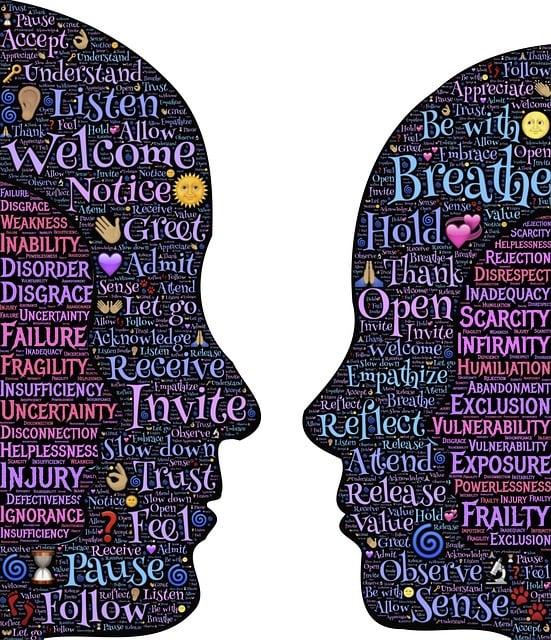Red Light Therapy (RLT), also known as photobiomodulation, is a non-invasive treatment using low-level red light to stimulate cellular activities and enhance healing in sore muscles, injured tendons, and ligaments. By increasing ATP production, RLT accelerates muscle recovery, reduces inflammation, and promotes collagen synthesis, crucial for tissue repair and strength. Research shows significant improvements in recovery times for athletes and individuals with muscle soreness or soft tissue injuries. Incorporating RLT into post-exercise routines is a game-changer for tendon, ligament, and muscle repair, particularly beneficial for athletes to alleviate sore muscles and prevent future injuries.
Discover the transformative power of red light therapy for accelerated tendon and ligament repair. This innovative approach, increasingly popular among athletes and fitness enthusiasts, offers a natural and effective way to alleviate pain and speed up recovery from muscular injuries.
Learn how specific wavelengths of red light stimulate cellular regeneration, reduce inflammation, and enhance collagen production—all crucial factors in healing sore muscles and damaged soft tissues.
Understanding Red Light Therapy for Tendon and Ligament Repair
Red Light Therapy (RLT) is a non-invasive treatment that utilizes specific wavelengths of red light to stimulate cellular repair mechanisms in the body. For tendon and ligament repair, RLT offers a promising approach by enhancing collagen production and reducing inflammation. When applied to sore muscles or injured connective tissues, the red light penetrates deep into the skin, reaching the underlying muscle and tendon fibers. This light energy is absorbed by specialized proteins in cells, initiating a series of biochemical reactions that promote healing.
By increasing circulation and oxygen delivery to the affected areas, RLT accelerates the body’s natural healing process. It can help alleviate pain associated with tendinopathy or ligament sprains, while also supporting tissue regeneration. This therapy has gained popularity among athletes and individuals seeking alternative treatments for muscle soreness and injury recovery, as it provides a safe and effective way to enhance tendon and ligament repair without the side effects often associated with medications.
How Red Light Therapy Works for Muscular Recovery
Red light therapy, also known as photobiomodulation, is a non-invasive treatment that has gained popularity in the field of sports medicine and physical therapy. When applied to sore muscles or injured tendons and ligaments, red light penetrates the skin at different depths, stimulating cellular activities and enhancing natural healing processes. This technology works by increasing the production of adenosine triphosphate (ATP), which is the primary energy source for cells, thereby accelerating muscle recovery and reducing inflammation.
The low-level red light signals the body’s natural repair mechanisms, promoting collagen synthesis and elastin production, both crucial components for tendon and ligament health. This process helps restore flexibility, strengthen connective tissues, and alleviate pain associated with muscle soreness. Many athletes and active individuals turn to red light therapy as a natural and effective way to expedite their recovery after intense workouts or sports-related injuries, ensuring they can return to their activities faster and safer.
The Scientific Evidence Behind Its Efficacy
The scientific community has been exploring the potential of red light therapy as a revolutionary approach to tendon and ligament repair, backed by growing evidence. This non-invasive treatment involves exposing damaged tissues to specific wavelengths of red light, which penetrate the skin and stimulate cellular processes at the molecular level. Research indicates that this technology can accelerate tissue regeneration, reduce inflammation, and enhance collagen production, all crucial factors for repairing and strengthening tendons and ligaments.
Studies have shown that red light therapy can significantly improve recovery times for athletes and individuals suffering from muscle soreness and soft tissue injuries. By increasing blood flow to the treated areas and promoting the synthesis of new, healthy tissue, red light offers a promising alternative to traditional rehabilitation methods. The potential of this therapy lies not only in its ability to repair immediate damage but also in its long-term benefits for maintaining tissue health and flexibility, making it an attractive option for those seeking effective solutions for red light for sore muscles and related conditions.
Incorporating Red Light into Your Post-Exercise Routine
Incorporating red light therapy into your post-exercise routine can be a game-changer for tendon and ligament repair, as well as alleviating sore muscles. After intense workouts or physical activities, giving your body the right exposure to red light can accelerate healing processes by stimulating collagen production and enhancing circulation in damaged areas. This simple yet powerful tool has gained popularity among athletes and fitness enthusiasts due to its ability to reduce inflammation and promote tissue regeneration without any invasive procedures.
By adding a few minutes of red light therapy to your post-workout regimen, you’re not just helping your tendons and ligaments recover faster; you’re also providing your muscles with the necessary support to prevent future injuries. This is especially beneficial for those engaging in high-impact exercises or sports that demand frequent repetitive motions, as it can significantly reduce muscle soreness and improve overall flexibility over time.
Red light therapy emerges as a promising, non-invasive approach to accelerate tendon and ligament repair, offering significant benefits for muscular recovery. Backed by scientific evidence, this therapy stimulates cellular regeneration, reduces inflammation, and enhances collagen production, all crucial factors in healing and strengthening connective tissues. Incorporating red light into post-exercise routines can be a game-changer for athletes and active individuals looking to alleviate soreness, speed up recovery, and optimize performance.
